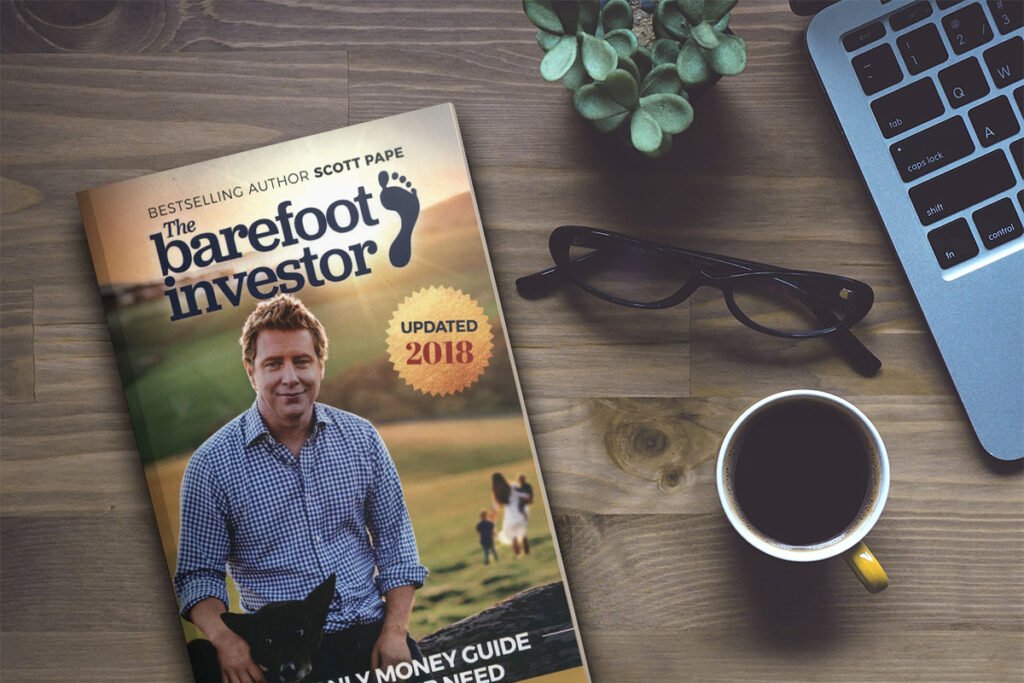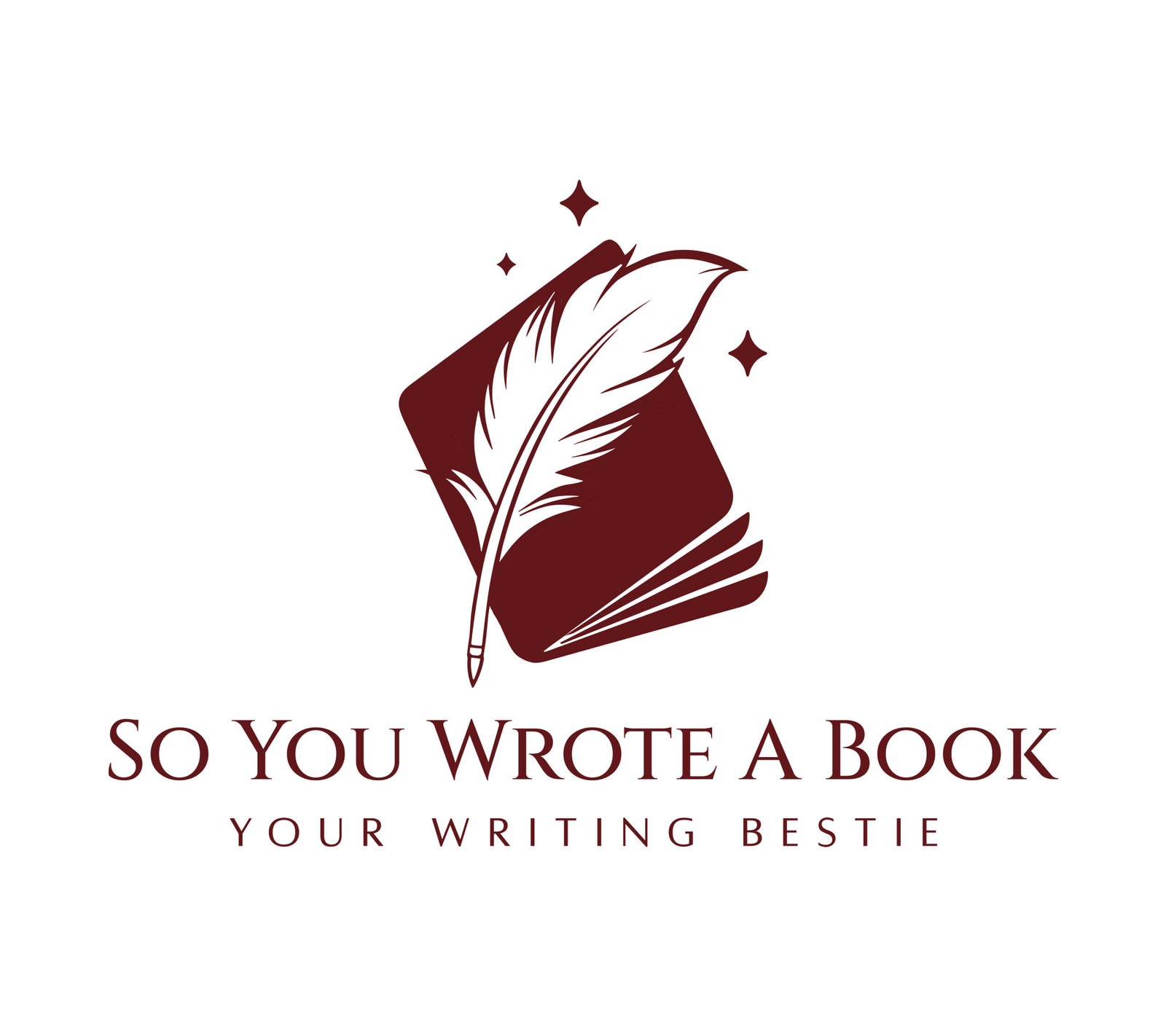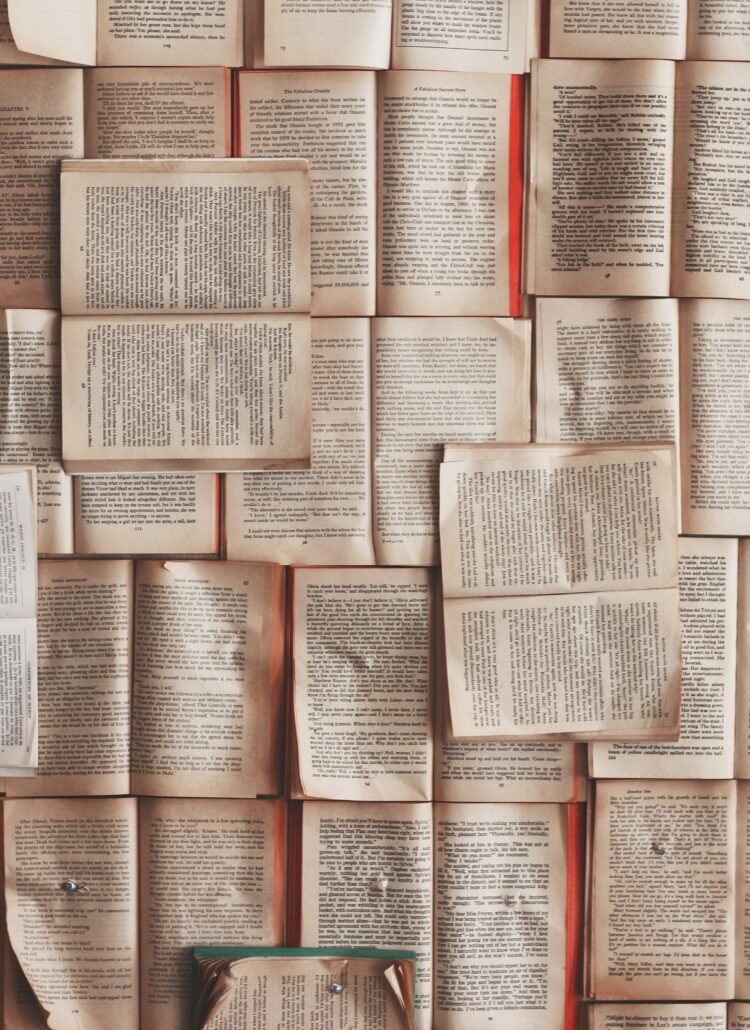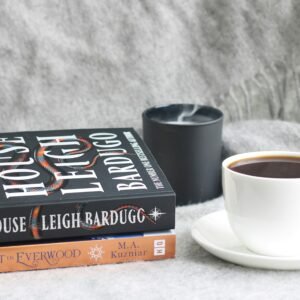Let’s talk about genres – the labels that can help readers find your book, publishers market it, and you pitch it effectively. But let’s be honest: pinning down the perfect genre for your novel can feel like trying to put a square peg into a round hole. Is it strictly romance, or does it dabble in fantasy? Is it a thriller, or does it lean more into mystery? Maybe it’s all of the above!
The truth is, that genres aren’t as rigid as they may seem. Many stories live comfortably in the overlap, blending elements of multiple genres to create something entirely unique. Think of The Hunger Games. It’s dystopian, yes, but it’s also a survival story, action-packed, sprinkled with romance, and even dips into political intrigue. That’s the magic of storytelling – your novel can (and probably will) wear more than one genre hat.
In this post, we’re diving into the wonderful world of genres with a mega list of the most common and popular genres out there!
Maybe you’ll find a single genre that feels like home, or maybe you’ll discover your book belongs to several – and that’s perfectly okay!
Remember, genre labels are there to guide readers, not box you in.
In this post, we’re diving into the different genres your novel might belong to and how you can pinpoint the ones that suit it best.
Let’s make sure your book finds the audience it’s meant for!
Why Labelling Your Novel’s Genre Matters
Choosing the right genre for your novel is more than just a marketing box to tick – it’s a way of setting the right expectations for your readers. Think of genre as a promise you’re making: when a reader picks up your book, they have certain ideas about what they’ll get based on that label. If your book is labelled as a romance, readers expect a love story to be central. If it’s a thriller, they’re gearing up for suspense and twists.
Getting the genre wrong – or being too vague – can lead to confusion, unmet expectations, and disappointed readers. Imagine someone picking up your book expecting lighthearted romantic comedy vibes, only to find a tragic ending that leaves them in tears. They might have loved your story had they known what to expect, but instead, they walked away feeling misled. Worse, they might leave reviews reflecting that disappointment, which can hurt your book’s reputation.
On the flip side, a clear and accurate genre label makes it easier for your target audience to find and connect with your story. It helps publishers, agents, and booksellers know how to market your book, and it ensures readers who love your genre are more likely to stumble across it.
But don’t stress too much – many books blur the lines between genres, and that’s okay. The key is to focus on the core of your story. What’s driving the plot? What themes or tropes stand out the most? Once you know the heart of your book, picking the right genre (or genres) becomes much simpler.

General Fiction
Literary Fiction
Focuses on style, character, and thematic depth, often with a focus on character development.
- Example: Yellowface by R.F. Kuang
Contemporary Fiction
Stories set in modern times that explore everyday life and societal issues.
- Example: Normal People by Sally Rooney
Historical Fiction
Set in a particular historical period, often blending fictional characters with real events.
- Example: The Book Thief by Markus Zusak
Women’s Fiction
Focuses on women’s experiences, relationships, and challenges, often with a focus on personal growth.
- Example: Little Women by Louisa May Alcott (classic), The Seven Husbands of Evelyn Hugo by Taylor Jenkins Reid (modern)
Domestic Fiction
Often centers around family dynamics, relationships, and domestic life.
- Example: Big Little Lies by Liane Moriarty
Bildungsroman (Coming-of-age)
Focuses on the psychological and moral growth of the protagonist from youth to adulthood.
- Example: The Catcher in the Rye by J.D. Salinger
Experimental Fiction
Explores unconventional structures, styles, and themes, often pushing boundaries in storytelling.
- Example: House of Leaves by Mark Z. Danielewski
Satire
Uses humour, irony, or ridicule to critique society, politics, or culture.
- Example: Catch-22 by Joseph Heller
Dystopian Fiction
Depicts a dark, often totalitarian world, usually set in the future.
- Example: The Handmaid’s Tale by Margaret Atwood
Magical realism
Explores an idealised, perfect society, often as a critique of current societal flaws.
- Example: Utopia by Thomas More
Science Fiction
Hard Science Fiction
Focuses on scientific accuracy and explores the impact of technology on society.
- Example: The Martian by Andy Weir
Soft Science Fiction
Focuses more on social sciences, psychology, and human behaviour than on technology and science.
- Example: The Left Hand of Darkness by Ursula K. Le Guin
Space Opera
Features grand adventures in space, often with space battles and larger-than-life characters.
- Example: The Expanse series by James S.A. Corey
Cyberpunk
Set in futuristic, high-tech societies where advanced technology meets social decay.
- Example: Neuromancer by William Gibson
Steampunk
Incorporates Victorian-era aesthetics and steam-powered technology into futuristic settings.
- Example: Leviathan by Scott Westerfeld
Biopunk
Focuses on biotechnology, genetic engineering, and the ethical dilemmas these raise.
- Example: Oryx and Crake by Margaret Atwood
Post-apocalyptic
Depicts life after a catastrophic event wipes out civilisation.
- Example: The Road by Cormac McCarthy
Time Travel
Explores the concept of travelling through time, either to the past or future.
- Example: The Time Traveler’s Wife by Audrey Niffenegger
Military Science Fiction
Centres on war, soldiers, and military strategies, often in space or on distant planets.
- Example: Starship Troopers by Robert A. Heinlein
Alternate History
Reimagines history by changing key events and imagining how that affects the future.
- Example: The Man in the High Castle by Philip K. Dick
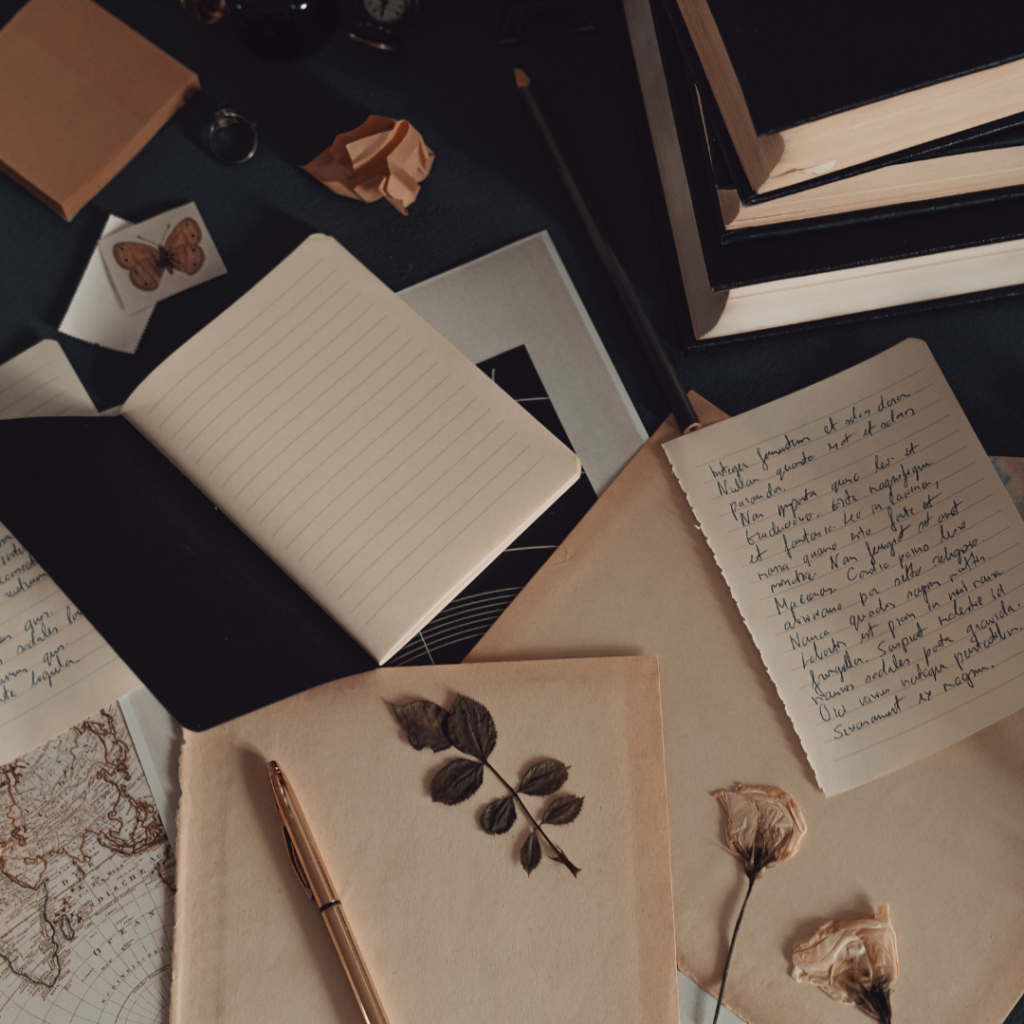
Fantasy
High Fantasy
Features a completely imaginary world with magical elements and epic adventures.
- Example: Mistborn by Brandon Sanderson
Low Fantasy
Set in the real world but with some magical or fantastical elements.
- Example: Harry Potter and the Sorcerer’s Stone by J.K. Rowling
Urban Fantasy
Set in the modern world but includes magical or supernatural elements.
- Example: The Mortal Instruments by Cassandra Clare
Dark Fantasy
A mix of fantasy and horror, often with morally ambiguous characters and settings.
- Example: The Dark Tower series by Stephen King
Epic Fantasy
Large-scale fantasy stories with deep world-building, often including a fight between good and evil.
- Example: Lord of the Rings by J.R.R. Tolkien
Sword and Sorcery
Focuses on action-packed adventures with magic, swords, and heroic characters.
- Example: Conan the Barbarian by Robert E. Howard
Paranormal Fantasy
Involves supernatural creatures or events, often with romantic or dramatic elements.
- Example: Twilight by Stephenie Meyer
Mythic Fantasy
Incorporates elements of mythology, folklore, and ancient legends.
- Example: Circe by Madeline Miller
Fairytale Fantasy
Draws on traditional fairytales but often subverts or reimagines them.
- Example: The Lunar Chronicles by Marissa Meyer
Historical Fantasy
Blends historical settings with magical or supernatural elements.
- Example: Jonathan Strange & Mr Norrell by Susanna Clarke
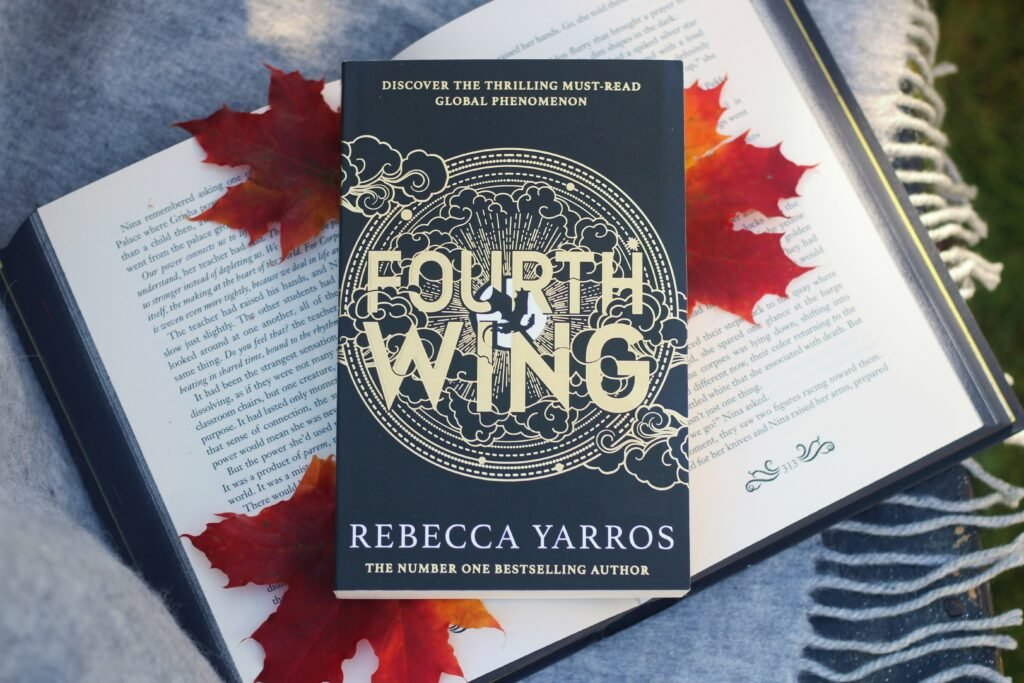
Mystery and Crime
Cozy Mystery
A light-hearted, often humorous mystery set in a small community.
- Example: The No. 1 Ladies Detective Agency by Alexander McCall Smith
Noir
A dark, cynical mystery often set in gritty urban environments.
- Example: The Big Sleep by Raymond Chandler
Hardboiled Detective
Features tough, morally ambiguous detectives solving crimes in gritty settings.
- Example: The Maltese Falcon by Dashiell Hammett
Police Procedural
Focuses on the detailed, step-by-step process of solving a crime.
- Example: In the Woods by Tana French
Legal Thriller
Centers around courtroom drama and legal battles.
- Example: A Time to Kill by John Grisham
Psychological Thriller
Focuses on the mental and emotional states of the characters, often with unreliable narrators.
- Example: Gone Girl by Gillian Flynn
True Crime
Non-fiction or fictionalised stories about real-life crimes.
- Example: In Cold Blood by Truman Capote
Crime Fiction
Focuses on the commission, investigation, and resolution of crimes.
- Example: The Girl with the Dragon Tattoo by Stieg Larsson
Medical Mystery
Combines medical drama with a mystery element.
- Example: The Silent Patient by Alex Michaelides
Historical Mystery
Mystery stories set in historical periods.
- Example: The Name of the Rose by Umberto Eco
Thriller & Suspense
Psychological Thriller
Focuses on the psychological aspects of fear, danger, and suspense, often with twists.
- Example: Shutter Island by Dennis Lehane
Legal Thriller
Combines suspense with legal drama, often involving criminal trials.
- Example: The Firm by John Grisham
Spy Thriller
Involves espionage, secret agents, and international intrigue.
- Example: The Spy Who Came in from the Cold by John le Carré
Espionage Thriller
Focuses on espionage, covert operations, and political intrigue.
- Example: The Bourne Identity by Robert Ludlum
Techno-thriller
Centres on high-tech technology and its potential dangers, often involving hackers or cybersecurity.
- Example: The Girl with the Dragon Tattoo by Stieg Larsson
Political Thriller
Focuses on political intrigue, government conspiracies, and high-stakes situations.
- Example: The Pelican Brief by John Grisham
Action Thriller
Fast-paced thrillers focused on physical action, danger, and often life-or-death situations.
- Example: The Girl on the Train by Paula Hawkins
Survival Thriller
Characters must survive in extreme, dangerous conditions.
- Example: The Martian by Andy Weir
Supernatural Thriller
Combines elements of the supernatural with thriller aspects, often with a sense of horror.
- Example: The Shining by Stephen King
Domestic Thriller
Set in familiar domestic settings, often exploring family secrets and personal betrayal.
- Example: Behind Closed Doors by B.A. Paris

Romance
Contemporary Romance
Focuses on romantic relationships set in modern times, often with relatable characters navigating love in real-world situations.
- Example: Me Before You by Jojo Moyes
Historical Romance
Romance set in a historical period, often blending love stories with historical events or social customs of the time.
- Example: Outlander by Diana Gabaldon
Romantic Suspense
Combines romance with suspense and thriller elements, usually involving danger, crime, or mystery that the couple must overcome together.
- Example: The Witness by Nora Roberts
Paranormal Romance
Features romantic relationships between humans and supernatural beings like vampires, werewolves, or ghosts.
- Example: Twilight by Stephenie Meyer
Fantasy Romance (Romantasy)
Romance set in fantasy worlds, often with magical elements, mythical creatures, or epic adventures intertwined with love stories.
- Example: A Court of Thorns and Roses by Sarah J. Maas
New Adult Romance
Focuses on characters in their late teens or early twenties, navigating new experiences of love, independence, and self-discovery.
- Example: Beautiful Disaster by Jamie McGuire
Young Adult Romance
A romance targeted at a young adult audience, typically dealing with themes of first love, coming of age, and high school or early adulthood.
- Example: To All the Boys I’ve Loved Before by Jenny Han
Romantic Comedy
A light-hearted, humorous take on romantic relationships, often focusing on quirky characters and funny situations.
- Example: Bridget Jones’s Diary by Helen Fielding
Erotic Romance
Romance with explicit sexual content and themes of desire, often exploring the complexities of relationships on a more intimate level.
- Example: Fifty Shades of Grey by E.L. James
Regency Romance
Set during the Regency Era (early 19th century), often featuring aristocratic characters and manners, with an emphasis on courtship and romantic tension.
- Example: Bridgerton series by Julia Quinn
Tragic Romance
A love story that ends in heartbreak, loss, or death, often exploring the emotional depth of love in the face of insurmountable challenges.
- Example: The Fault in Our Stars by John Green
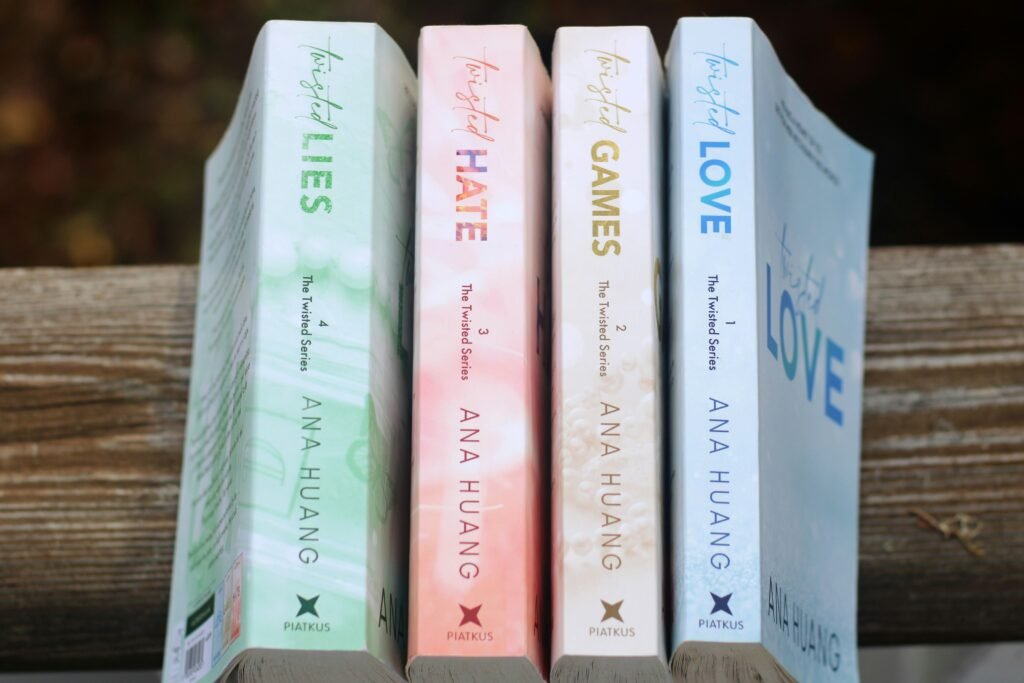
Horror
Psychological Horror
Focuses on the mental and emotional aspects of fear, often playing with the mind and perceptions, leaving readers uncertain of what is real.
- Example: The Shining by Stephen King
Supernatural Horror
Involves supernatural elements like ghosts, monsters, or paranormal phenomena, often bringing terror to the characters and readers.
Gothic Horror
- Example: The Haunting of Hill House by Shirley Jackson
Often set in dark, eerie environments with a mix of romance, mystery, and supernatural terror, typically involving themes of death, decay, and madness.
- Example: Rebecca by Daphne du Maurier
Splatterpunk
Known for graphic violence and explicit horror, this subgenre pushes the boundaries of gore and terror.
- Example: The Girl Next Door by Jack Ketchum
Zombie Horror
Involves undead creatures, often zombies, as a central threat, typically exploring survival in a post-apocalyptic world.
- Example: World War Z by Max Brooks
Slasher Horror
Involves a killer stalking and murdering people, often with graphic violence, and has elements of suspense and tension.
- Example: Halloween (novelization) by Curtis Richards
Body Horror
Focuses on grotesque or unnatural changes in the human body, often with disturbing or repulsive imagery.
- Example: The Metamorphosis by Franz Kafka
Cosmic Horror
Often explores the insignificance of humanity in the face of an incomprehensibly vast and indifferent universe, with an emphasis on fear of the unknown.
- Example: The Call of Cthulhu by H.P. Lovecraft
Occult Horror
Involves dark magic, rituals, or satanic themes, often focusing on the danger of summoning or confronting the supernatural.
- Example: The Exorcist by William Peter Blatty
Survival Horror
Characters must survive in horrifying situations, often battling monstrous or paranormal forces.
- Example: The Road by Cormac McCarthy
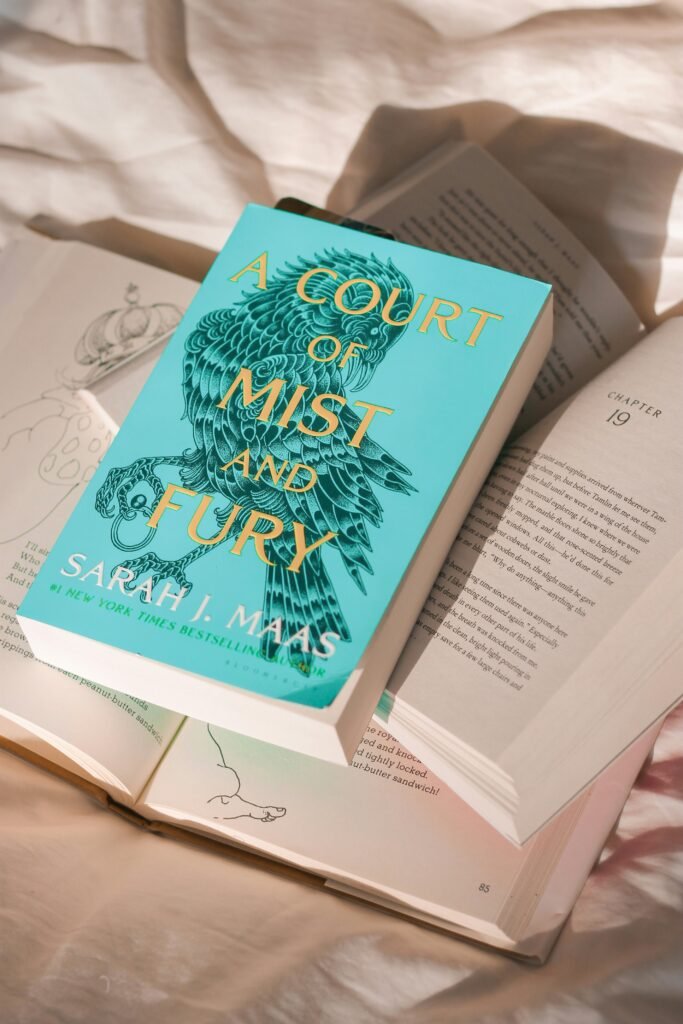
Adventure
Action-Adventure
Fast-paced, action-filled adventures often involving daring quests, physical challenges, and high-stakes situations.
- Example: Indiana Jones series (novelizations by various authors)
Epic Adventure
A large-scale adventure, often involving a quest or journey that changes the characters’ lives, frequently set in expansive, imaginative worlds.
- Example: The Lord of the Rings by J.R.R. Tolkien
Historical Adventure
Set in the past, these stories revolve around historical events or figures while focusing on thrilling action and daring escapades.
- Example: The Three Musketeers by Alexandre Dumas
Survival Adventure
Centers on characters who must survive in challenging, often dangerous, environments, like jungles, mountains, or the wilderness.
- Example: Into the Wild by Jon Krakauer
Pirate Adventure
Follows the thrilling lives of pirates, their treasure hunts, and swashbuckling escapades.
- Example: Treasure Island by Robert Louis Stevenson
Space Adventure
Explores adventure in outer space, often involving space travel, interplanetary conflict, and daring missions.
- Example: The Hitchhiker’s Guide to the Galaxy by Douglas Adams
Adventure Mystery
Combines adventure with a mystery that must be solved, often involving high-stakes situations and dangerous encounters.
- Example: The Da Vinci Code by Dan Brown
Fantasy Adventure
Set in fantastical worlds, where magic, mythical creatures, and epic quests provide a backdrop to the adventure.
- Example: The Chronicles of Narnia by C.S. Lewis
Survival Thriller
Combines elements of adventure and thriller, with characters facing extreme conditions, battling both nature and threats.
- Example: The Martian by Andy Weir
Young Adult Adventure
Adventure stories aimed at a young adult audience, often featuring protagonists facing difficult challenges and discovering their strengths.
- Example: Percy Jackson & The Olympians by Rick Riordan
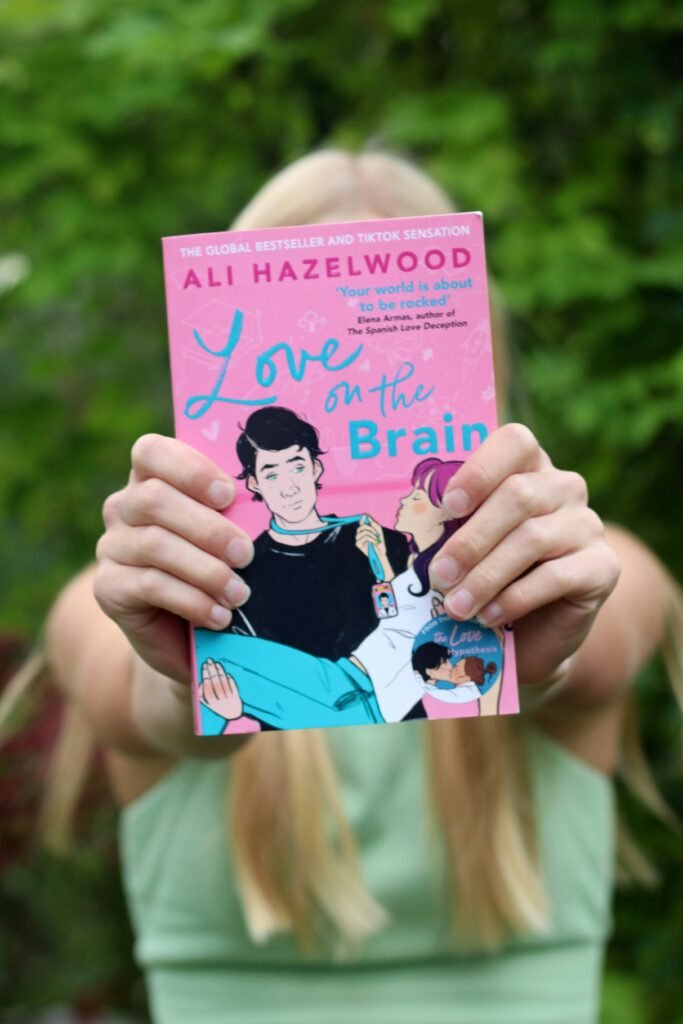
NonFiction
Biography
A detailed account of a person’s life, often written by someone else.
- Example: Steve Jobs by Walter Isaacson
Autobiography
A self-written account of one’s own life, offering insight into personal experiences and reflections.
- Example: The Diary of a Young Girl by Anne Frank
Memoir
A specific type of autobiography, focusing on particular memories or events from the author’s life.
- Example: Becoming by Michelle Obam
Self-Help
Books designed to improve personal skills, mental well-being, or life strategies.
- Example: Atomic Habits by James Clear
Philosophy
Explores fundamental questions about existence, knowledge, ethics, and reasoning.
- Example: Meditations by Marcus Aurelius
True Crime
Narratives based on real criminal cases, exploring the events and investigations behind them.
- Example: In Cold Blood by Truman Capote
Travel Writing
Books that describe the author’s travel experiences, often offering cultural insights.
- Example: The Geography of Bliss by Eric Weiner
Health & Wellness
Covers topics like fitness, nutrition, mental health, and well-being.
- Example: The Body Keeps the Score by Bessel van der Kolk
History
Accounts of past events, figures, and societies, providing insights into their influence on the present.
- Example: Sapiens: A Brief History of Humankind by Yuval Noah Harari
Science
Explores topics related to the natural world, the universe, and the latest scientific discoveries.
- Example: A Brief History of Time by Stephen Hawking
Politics
Examines political systems, history, theory, and contemporary issues.
- Example: The Audacity of Hope by Barack Obama
Business
Focuses on topics like entrepreneurship, management, marketing, and business strategies.
- Example: Good to Great by Jim Collins
Personal Finance
Guides on managing money, investing, saving, and achieving financial goals.
- Example: The Barefoot Investor by Scott Pape
Religion & Spirituality
Explores belief systems, religious practices, and the search for meaning in life.
- Example: The Power of Now by Eckhart Tolle
Cookbook
Recipes and techniques for preparing food, often including cultural or dietary insights.
- Example: Salt, Fat, Acid, Heat by Samin Nosrat
Art & Photography
Books focused on the world of visual arts, creative expression, or photography techniques.
- Example: Ways of Seeing by John Berger
Psychology
Studies human behaviour, emotions, and the mind, offering insights into mental health or human development.
- Example: Thinking, Fast and Slow by Daniel Kahneman
Humour
Books intended to entertain and amuse, often written in a lighthearted or satirical style.
- Example: Bossypants by Tina Fey
Environment
Covers topics related to nature, sustainability, and the challenges facing our planet.
- Example: The Sixth Extinction by Elizabeth Kolbert
Parenting
Guidance and strategies for raising children, including advice on discipline, education, and relationships.
- Example: The Whole-Brain Child by Daniel J. Siegel and Tina Payne Bryson
